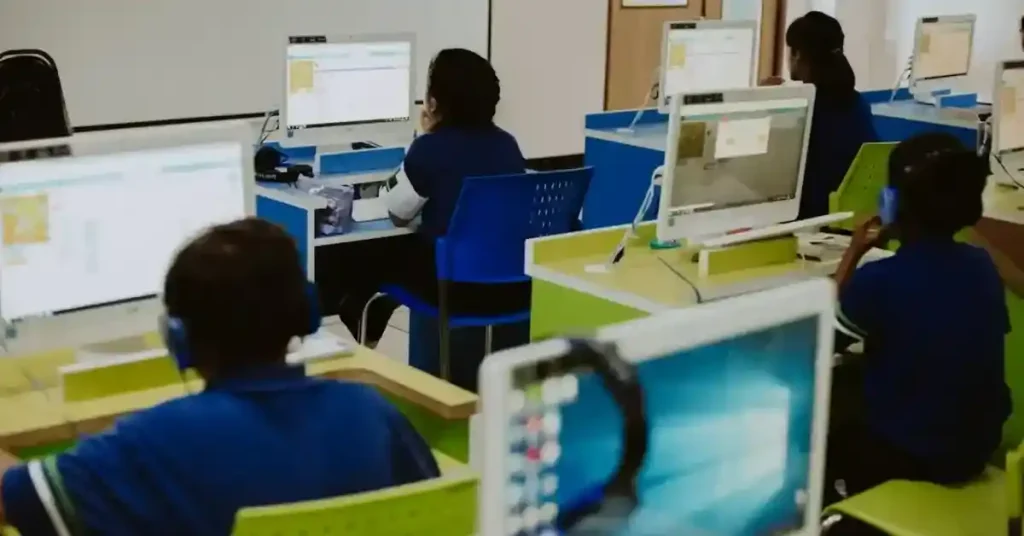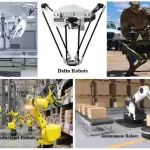What is technology integration in the classroom?
Technology integration in the classroom refers to the meaningful and purposeful incorporation of technology tools in daily classroom practices to aid learning and improve student outcomes. It involves using digital resources to enhance teaching and learning experiences, making education more engaging, interactive, and relevant to the 21st century.
Types of Technology Integration in the Classroom
Technology integration in the classroom can take many forms, each with its own unique benefits. Here are some common types:
1. Instructional Technology
- Interactive Whiteboards: These digital displays can be used for presentations, interactive games, and collaborative activities.
- Student Response Systems: Clickers or tablets allow students to provide immediate feedback and engage in active learning.
- Digital Content: E-books, online resources, and educational software can supplement traditional textbooks.
- Virtual Reality and Augmented Reality: These immersive technologies can provide realistic experiences and enhance learning in various subjects.
2. Communication and Collaboration Tools
- Online Platforms: Google Classroom, Microsoft Teams, and other platforms facilitate communication, assignments, and collaboration.
- Video Conferencing: Tools like Zoom, Google Meet, and Skype allow for virtual meetings, guest speakers, and online collaboration.
- Social Media: Platforms like Twitter, Instagram, and Facebook can be used for educational purposes, such as connecting with experts or sharing student work.
3. Creative and Project-Based Learning
- Digital Storytelling: Students can create stories, animations, or videos using digital tools.
- Coding and Programming: Students can learn to create their own software or websites.
- Multimedia Projects: Students can combine text, images, audio, and video to create multimedia presentations or projects.
4. Personalized Learning
- Adaptive Learning Software: This technology can tailor instruction to individual students’ needs and pace.
- Personalized Learning Platforms: These platforms can provide students with personalized learning paths and resources.
5. Assessment and Feedback
- Online Assessments: Quizzes, tests, and assignments can be administered and graded online.
- Digital Portfolios: Students can collect and showcase their work in digital portfolios.
- Automated Feedback: Some tools can provide immediate feedback on student work, allowing for more timely and effective learning.
By effectively integrating technology into the classroom, teachers can create more engaging, personalized, and effective learning experiences for their students.

Importance of technology integration in the classroom
Technology has become an integral part of our daily lives, and its integration into education has revolutionized the learning experience. Here are some of the key reasons why technology is essential in modern classrooms:
1. Enhanced Engagement and Motivation:
- Interactive Learning: Technology offers a variety of interactive tools, such as simulations, games, and virtual field trips, that can capture students’ attention and make learning more engaging.
- Personalized Learning: Technology can be used to create personalized learning experiences that cater to different learning styles and paces.
2. Improved Access to Information:
- Global Connections: Technology allows students to connect with people and resources from around the world, expanding their horizons and fostering global citizenship.
- Instant Research: Students can access a vast amount of information instantly through online resources, enabling them to conduct research and learn independently.
3. Development of Digital Literacy:
- Essential Skill: Digital literacy is a fundamental skill for success in today’s world. Technology integration helps students develop the necessary skills to navigate, create, and communicate effectively in a digital environment.
- Future-Proofing: By incorporating technology into the classroom, we are preparing students for future careers and challenges that will likely involve significant use of technology.
4. Collaboration and Communication:
- Online Collaboration: Technology facilitates collaboration among students, allowing them to work together on projects, share ideas, and provide feedback.
- Effective Communication: Technology provides a variety of tools for communication, such as email, instant messaging, and video conferencing, which can enhance student engagement and understanding.
5. Differentiated Instruction:
- Meeting Diverse Needs: Technology can be used to differentiate instruction and provide support for students with different learning styles and abilities.
- Flexible Learning: Technology can offer flexible learning options, such as online courses or blended learning models, to accommodate students’ individual needs and schedules.
In conclusion, technology integration in the classroom is essential for creating a more engaging, effective, and equitable learning environment. By embracing technology as a tool for teaching and learning, we can empower students to become lifelong learners and succeed in the digital age.
Technology integration in the classroom examples
Technology has become an integral part of modern education, revolutionizing the way students learn and teachers teach. One effective way to integrate technology into the classroom is through interactive learning platforms. These platforms offer a variety of tools and resources, such as educational games, simulations, and virtual field trips, that can make learning more engaging and effective. For example, students can explore historical sites or conduct scientific experiments virtually, providing them with a hands-on experience that would otherwise be difficult or impossible to achieve in a traditional classroom setting.
Another valuable application of technology in the classroom is the use of online collaboration tools. These tools allow students to work together on projects, share ideas, and communicate with their peers from anywhere in the world. This fosters collaboration, communication, and critical thinking skills, which are essential for success in today’s interconnected society. Additionally, online collaboration tools can provide students with opportunities to learn from and work with people from diverse backgrounds, promoting cultural understanding and global citizenship.
What Is Technological Integration in Education?
Technological integration in education is the purposeful use of technology to enhance the learning experience. It involves incorporating digital tools and resources into the curriculum to support teaching and learning objectives. This can include anything from using computers for research to employing interactive whiteboards for presentations.




